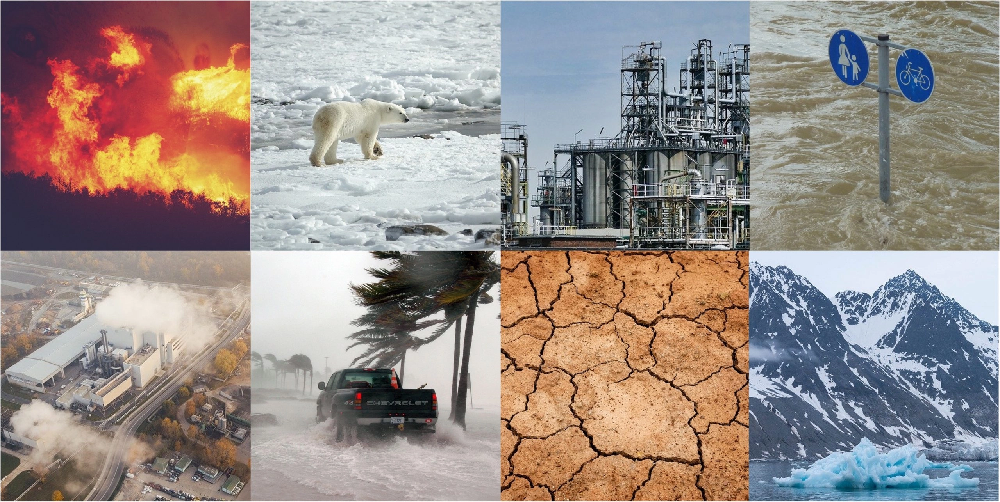In Short : Climate change may cost individuals significant amounts of money due to various factors such as increased energy costs, property damage, and rising insurance premiums. Here are some reasons why climate change can have financial implications and what can be done to mitigate its impact.
In Detail :
- Climate change costs the U.S. about $150 billion a year. That toll is expected to worsen.
- Extreme weather events may lead people to evacuate, causing costs related to transportation, lodging and employment, for example.
- Health costs, insurance rates, food prices and property damage will also likely increase.
- There are some steps to take to prepare, experts said.
Climate change has been described as a ticking time bomb, the threats of which extend beyond ecosystems and biodiversity to big financial impacts on households and the U.S. economy.
Those financial costs are largely the result of extreme weather events.
The White House issued a report last week — the Fifth National Climate Assessment, issued every four to five years by the federal government — warning that heat waves, heavy rains, drought, hurricanes, floods and wildfires “are becoming more frequent and/or severe,” with a “cascade of effects” in all areas of the U.S.
“It’s no longer just a problem for Florida, or just a problem for Louisiana and New Orleans,” said Andrew Rumbach, senior fellow and co-lead of the climate and communities program at the Urban Institute. “More and more people are experiencing these extreme events and they carry all kinds of different costs, both direct and indirect, for those families.”
Here’s what to know, according to Rumbach and David Pogue, host of the podcast “Unsung Science” and author of “How to Prepare for Climate Change: A Practical Guide to Surviving the Chaos.” Both experts were interviewed by CNBC during a recent discussion about climate change and its impact on personal finance.
Weather-related disasters cost the U.S. at least $150 billion a year, according to the White House report, which calls that estimate “conservative.”
The U.S. now experiences a billion-dollar disaster every three weeks, on average; during the 1980s, that happened every four months, the report notes.
The economic toll — due to such things as water stress, agricultural loss, tourism impacts, falling real estate value, and property and infrastructure damage — is expected to grow.
“Over time, each incremental increase in climate change is going to up the economic cost bit by bit,” Rumbach said.
Every additional degree of global warming translates to “increasingly adverse consequences,” the White House report said. For example, warming by 2°F is projected to more than double the economic harm from 1°F of warming, it said.

